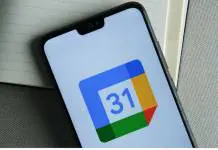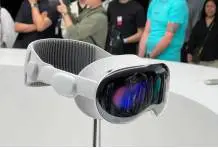
The Federal Communications Commission (FCC) issued a special license on Friday to Alphabet’s Project Loon. The X lab initiative relies on huge air balloons that beam LTE signals from above to cover more ground. The tech giant wants to bring LTE connectivity to Puerto Rico once again.
Hurricanes Irma and Maria destroyed the island’s infrastructure, where 83% of people remain uncommunicated with the world due to the heavy damage all telecom services sustained. Project Loon seeks to restore wireless internet in both Puerto Rico and the U.S. Virgin Islands.
The FCC approval is a step in the right direction, but there are more steps that need to be taken fast if Project Loon really wants to help. Other industry leaders like Tesla have offered their help to rebuild the power grid of the country, which was also devastated by the heavy storms last month.
What is Project Loon and how could it work?
Developed as part of Google’s ‘moonshot’ initiatives, Project Loon is an idea to bring wireless connections to remote areas of the world or, in cases like Puerto Rico, to places where infrastructure damage requires emergency action.
The team behind Project Loon uses air balloons as vehicles of change that, equipped with specialized relaying instruments, capture cellular signals transmitted by ground stations and beam them down from above.
These balloons are larger than the air balloons we know, and they can fly up to 20 km into the stratosphere to provide more coverage. They are supposed to work in coordination with other balloons riding air currents, and when it’s time to bring them down, Project Loon can make sure they land at a controlled location.
The #ProjectLoon team at X is exploring if it’s possible to bring emergency connectivity to Puerto Rico: https://t.co/atroBWeTGv
— The Team at X (@Theteamatx) September 29, 2017
Alphabet has ballooned down internet before in Peru
Of course, none of this would be possible without agents working from the ground, which makes the Puerto Rico situation all the more troublesome. The storm has subsided but the disaster remains, and cellular towers across the island are either down or severely damaged.
Project Loon has emphasized the fact that it needs to work together with a wireless provider if it aims at restoring the cellular service in the country. That is going to prove somewhat difficult since technical crews need to get carrier towers up and running again before attempting any large-scale operation.
When severe floods hit some parts of Peru earlier this year, Alphabet came to the rescue in a first-ever real-world situation, providing internet access to thousands of people down below. Conditions were different, but the technology has been tested and helped in this sort of catastrophic scenarios.
Source: FCC










